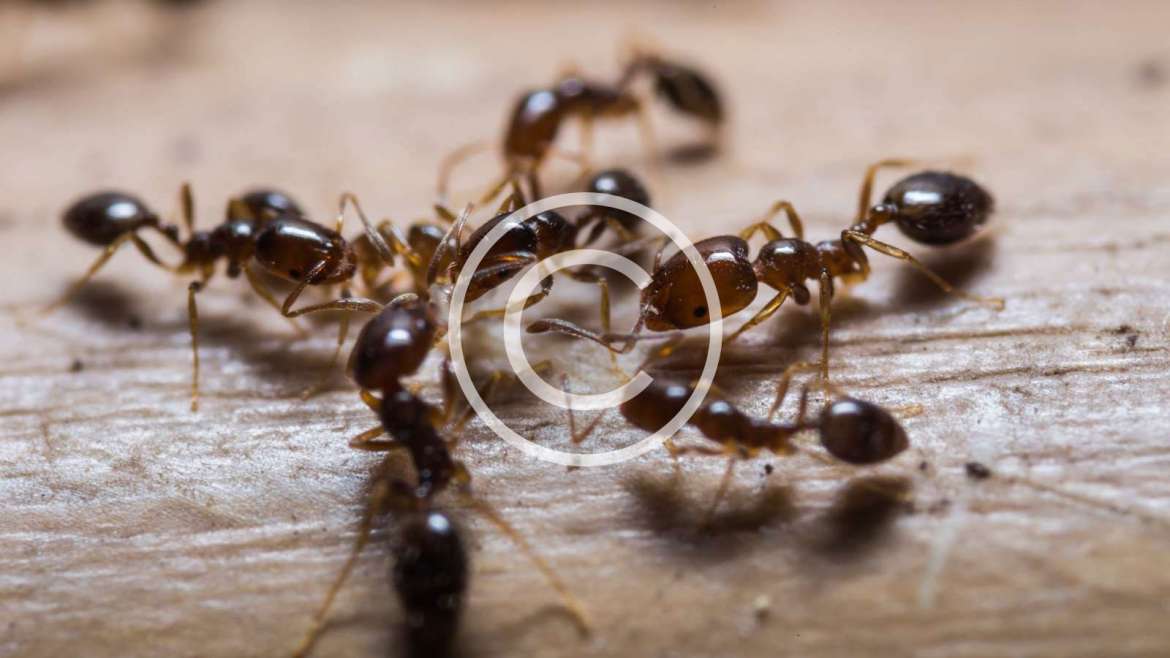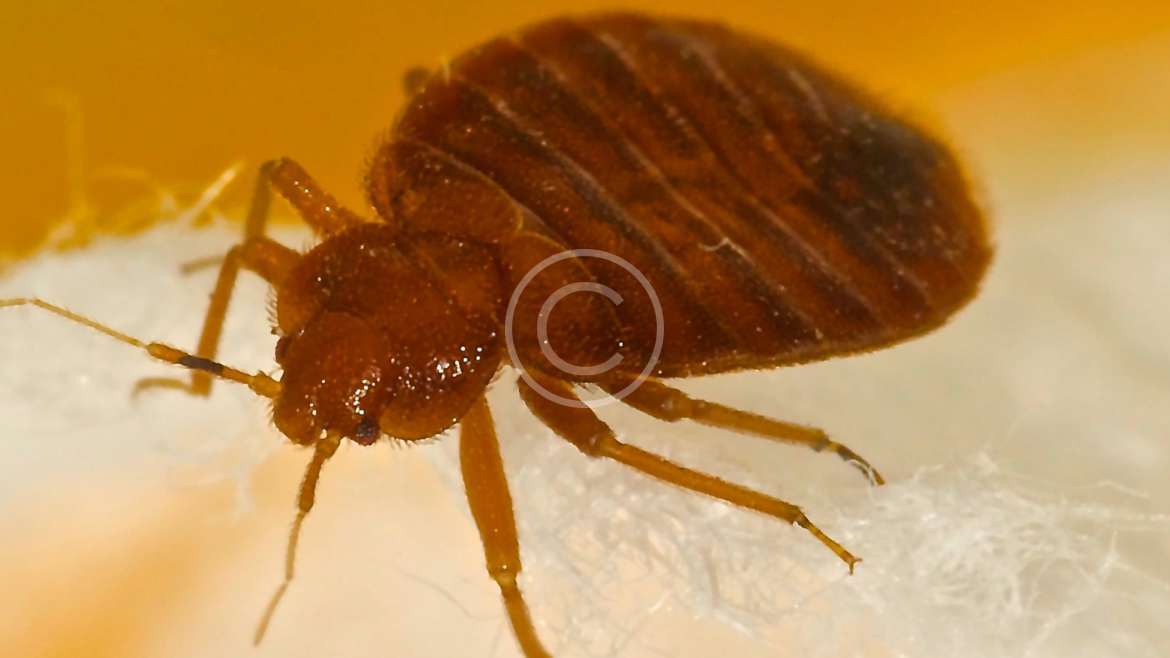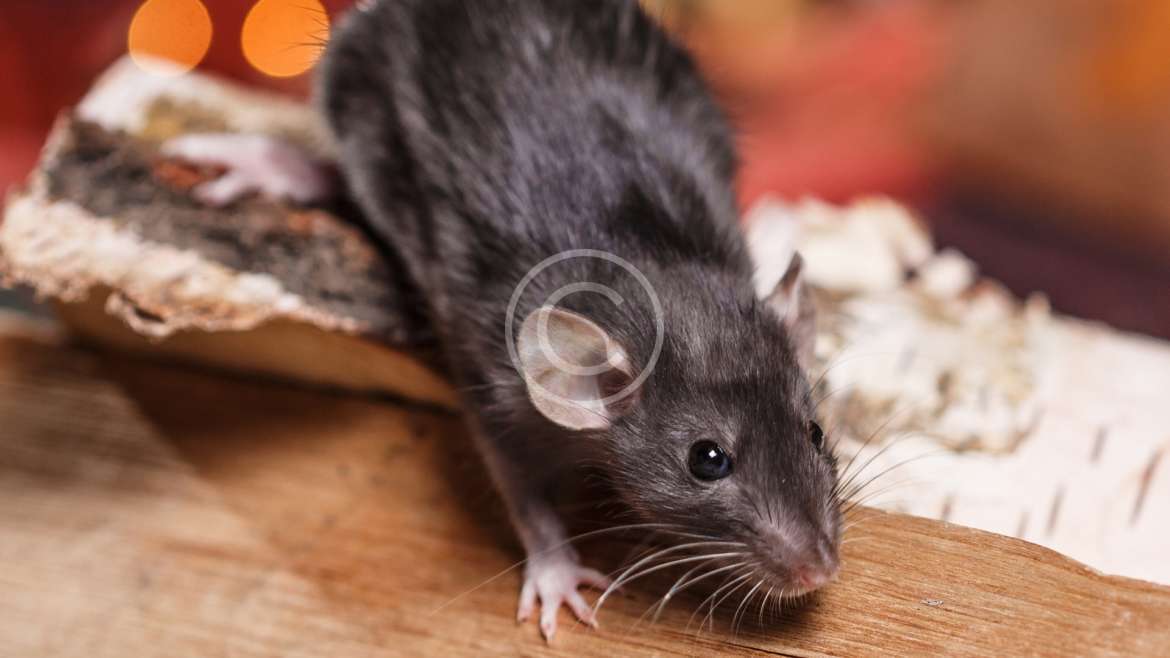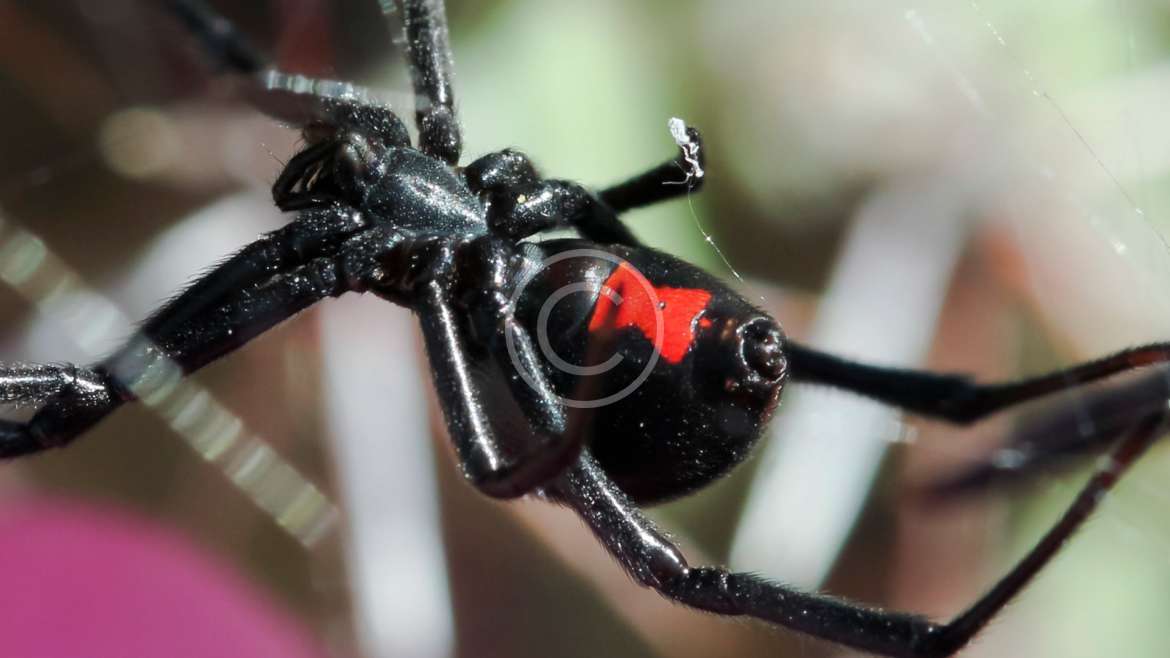Other Pest
Moths normally have two sets of wings secured in scales. They have a wound proboscis and expansive compound eyes. Moths shift drastically in appearance and size contingent upon the species. Some are enormous and others modest. Certain types of moths are splendid with metallic hues while other are boring in tans or dim. Most indoor plaguing moths are littler than 2 cm wingspan and regularly are shades of dark or cocoa to ruddy chestnut.
Conduct, Diet and Propensities
Moth conduct, eating routine and propensities are as differed as their appearance. They run from delightful pollinators to sneaking blood feeders. A few moths are major agrarian vermin, while the greater part finish their life cycle with no huge direct effect on man. They regularly are the nourishment hotspot for some creatures, including winged creatures, warm blooded animals, reptiles, creatures of land and water, creepy crawlies, 8-legged creature and even a few plants. Inside, mortgage holders probably experience moths that are either encouraging on put away wash room things or on fabrics.
In spite of the fact that they are most renowned for their capacity to destroy fleece garments, webbing garments moths are additionally pulled in to an assortment of other characteristic materials, including silk, hair, felt, hide and plumes. These moths tend to gauge 2.5 to 5 cm long and are buff hued.
They dodge light and are most normally found in dull areas, for example, cellars, lofts and wardrobes. Inside of these areas, moths can be found in the folds of fabrics or stowing away in corners. Moths are equipped for pervading a home much sooner than their populaces are taken note. Therefore, significant harm can jump out at garments or furniture.
Webbing garments moth hatchlings, not the grown-ups, are in charge of wrecking garments. They incline toward creature based fabrics. Moths may devour sweaters, coats, covers, rugs, embellishing things, sofa-beds, cushions and toys. They lean toward not to eat engineered strands, but rather will expend mixed and recolored fabrics.
While some are safe and others are known not gainful for their silk and nourishing worth, most moths and caterpillars are considered annoyance bothers. A couple, including the Io moth, the saddleback caterpillar moth and the southern wool moth, are additionally concerning in light of the fact that the hatchlings can sting. Especially in horticultural groups, some moth and caterpillar populaces cause extreme harm. Rover moth caterpillars are known not forested ranges in the northern United States. Natural product homesteads experience the ill effects of codling moth infestations, while cabbages and mustard harvests are frequently decimated by the diamondback moth. Some moth hatchlings are known not cotton, tomatoes and corn. These hatchlings are normally alluded to as cotton bollworms, tomato fruitworms and corn earworms. Some moth species are likewise known not fabrics produced using normal strands, for example, fleece and silk.
Moth Caterpillar
How Would They Get Inside the Home?
The most widely recognized ways that moths get inside are by flying through an open entryway or window and being accidentally brought inside by means of pervaded nourishment items, swarmed plants, on invaded fabric things and on our apparel when a moth lands on a bit of our attire and is unconsciously brought inside a home or business.
Avoidance Tips
To avoid or minimize moth passage, review all sustenance items brought into the home. This is especially critical with pet sustenances and grain-based items. Make certain to assess apparel, furniture, fabrics and floor coverings and plants for the juvenile or the grown-up moth stages before bringing them inside a home or business. Another viable approach to breaking point moth section into a structure is to utilize outside lighting just when essential since lights are a critical moth attractor around the home during the evening.
















